Culture of Nicaragua, nestled in the heart of Central America, Nicaragua is a land of vibrant culture, rich history, and diverse traditions. From its indigenous roots to its Spanish colonial heritage, Nicaragua’s cultural tapestry is woven with threads of resilience, creativity, and community spirit. In this comprehensive exploration, we delve into the multifaceted layers of Nicaraguan culture, shedding light on its unique customs, beliefs, arts, and culinary delights.
Indigenous Roots and Heritage:
Nicaragua’s cultural heritage is deeply rooted in its indigenous past, with various indigenous groups contributing to the country’s diverse tapestry. The Miskito, Sumo, Rama, and Garifuna peoples, among others, have inhabited Nicaragua’s lands for centuries, each leaving indelible marks on the nation’s cultural identity. From their spiritual beliefs to their agricultural practices, indigenous traditions continue to influence Nicaraguan society, reminding its people of their ancestral connections to the land and the importance of preserving cultural heritage.
Spanish Colonial Legacy:
The arrival of Spanish conquistadors in the 16th century marked a significant chapter in Nicaragua’s history, shaping its culture in profound ways. Spanish colonialism brought with it a fusion of European and indigenous traditions, giving rise to a unique blend of customs, language, and architecture. Colonial cities such as Granada and León stand as living testaments to this legacy, with their well-preserved colonial-era buildings and cobblestone streets evoking a sense of nostalgia for times gone by. The Spanish language, religion, and culinary influences also remain integral aspects of Nicaraguan culture, reflecting the enduring legacy of colonialism in the region.
Cultural Diversity and Ethnic Harmony:
Nicaragua’s cultural landscape is characterized by its remarkable diversity, encompassing a mosaic of ethnicities, languages, and traditions. While the majority of Nicaraguans identify as mestizo—a mix of indigenous and European ancestry—the country is also home to significant Afro-descendant and indigenous populations, each with their own distinct cultural practices and worldviews. Despite historical tensions and inequalities, Nicaragua prides itself on its tradition of ethnic harmony, where people from different backgrounds coexist and celebrate their cultural diversity. Festivals such as the Palo de Mayo and Garifuna Settlement Day serve as vibrant expressions of this diversity, bringing together communities to honor their shared heritage and celebrate their cultural resilience.
Arts and Literature:
Nicaragua has long been a bastion of creativity and artistic expression, with a rich tradition of literature, music, and visual arts. From the revolutionary poetry of Rubén Darío to the iconic murals of the Sandinista era, Nicaraguan artists have played a vital role in shaping the nation’s cultural identity and political consciousness. The vibrant rhythms of música campesina and marimba music resonate throughout the countryside, while the soulful sounds of salsa and cumbia animate the streets of Managua and beyond. In recent years, Nicaragua’s burgeoning contemporary art scene has gained international recognition, with artists such as Armando Morales and Róger Pérez de la Rocha captivating audiences with their innovative works that reflect the complexities of modern Nicaraguan society.
Cuisine and Gastronomy:
No exploration of Nicaraguan culture would be complete without a journey through its culinary landscape, where flavors and aromas tell stories of tradition, fusion, and innovation. Nicaraguan cuisine draws from a diverse array of influences, including indigenous ingredients, Spanish colonial recipes, and Afro-Caribbean flavors. Staple ingredients such as maize, beans, plantains, and yucca form the foundation of Nicaraguan cuisine, providing sustenance and nourishment to millions of people across the country. From the hearty comfort of gallo pinto to the spicy kick of vigorón, Nicaraguan dishes reflect the country’s agricultural abundance and cultural diversity, inviting locals and visitors alike to savor the tastes of this vibrant land.
Religion and Spirituality:
Religion plays a central role in Nicaraguan culture, providing a source of solace, community, and identity for millions of believers. The majority of Nicaraguans identify as Roman Catholic, with the Catholic Church exerting considerable influence over both spiritual and social aspects of life. Religious festivals such as Semana Santa (Holy Week) and La Purísima (Immaculate Conception) are celebrated with great fervour and devotion, bringing together communities in prayer, procession, and fiesta. Alongside Catholicism, Nicaragua is also home to a rich tapestry of indigenous and Afro-Caribbean spiritual traditions, including animistic beliefs, ancestor worship, and syncretic practices that blend elements of Catholicism with indigenous spirituality. These diverse religious expressions contribute to Nicaragua’s cultural vibrancy, reflecting the complex interplay of faith, tradition, and identity in the region.
Challenges and Resilience:
Despite its cultural richness and diversity, Nicaragua faces numerous challenges that threaten to erode its cultural heritage and social fabric. Economic inequality, political instability, and environmental degradation pose significant obstacles to the preservation and promotion of Nicaraguan culture, jeopardizing the well-being of its people and the sustainability of its traditions. Additionally, the erosion of indigenous languages and customs, along with the homogenizing forces of globalization, present ongoing challenges to the maintenance of cultural diversity and identity in Nicaragua. However, amidst these challenges, Nicaraguans continue to demonstrate remarkable resilience, drawing strength from their cultural heritage and collective spirit to navigate adversity and shape a brighter future for generations to come.
Conclusion:
Nicaragua’s cultural landscape is a testament to the resilience, creativity, and diversity of its people. From its indigenous roots to its colonial legacy, Nicaraguan culture reflects a rich tapestry of traditions, beliefs, and practices that have endured for centuries. Despite the challenges it faces, Nicaragua’s cultural heritage remains a source of pride and inspiration for its people, serving as a reminder of the resilience and vitality of the human spirit. As Nicaragua continues to navigate the complexities of the modern world, its cultural heritage will undoubtedly continue to evolve, adapt, and flourish, ensuring that the spirit of Nicaragua lives on in the hearts and minds of its people for generations to come.


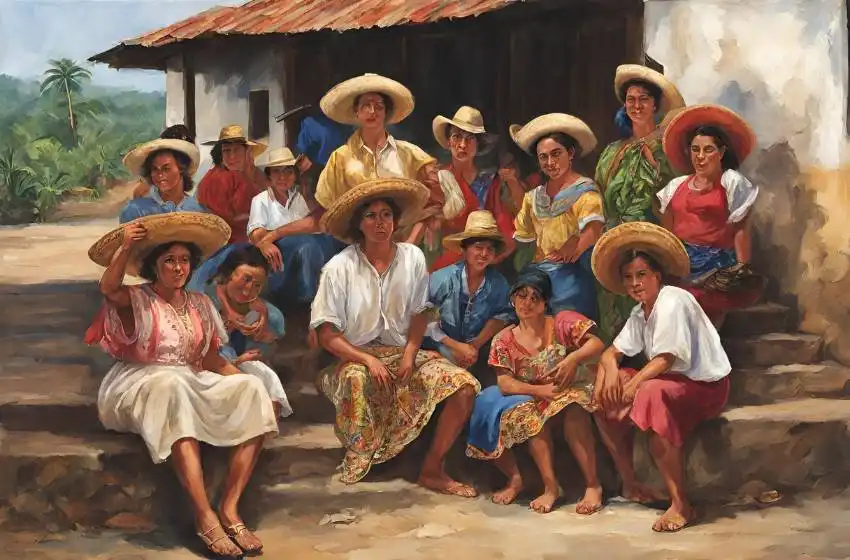
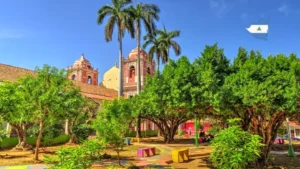

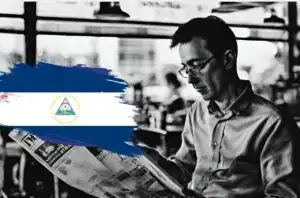
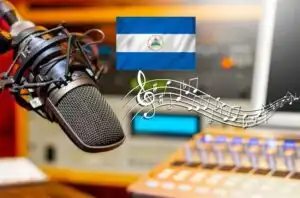
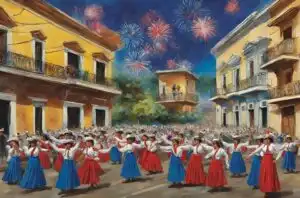
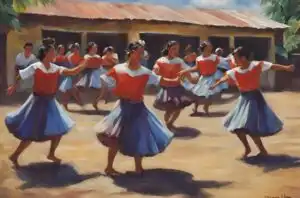
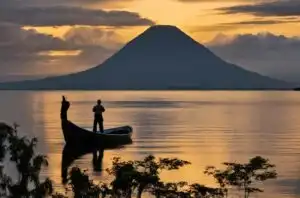
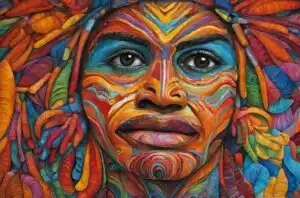

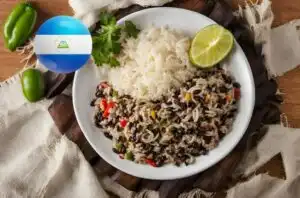
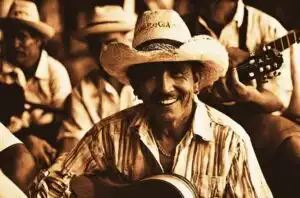
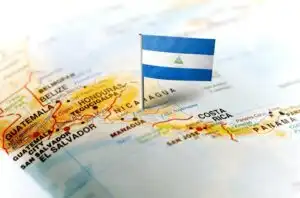
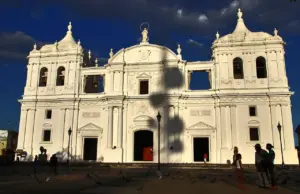
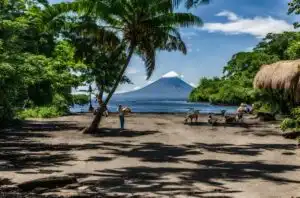

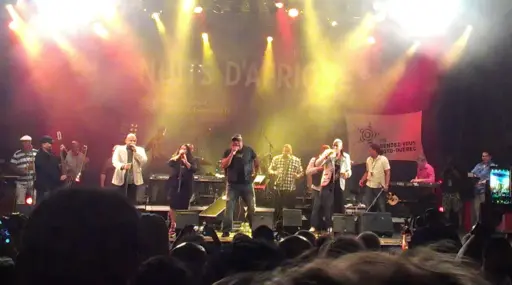
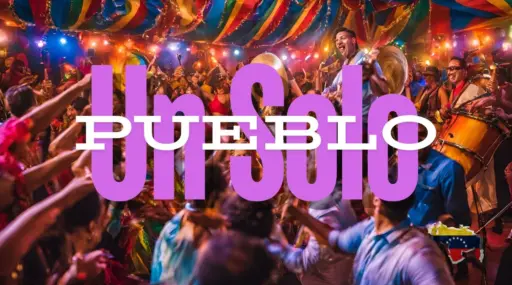
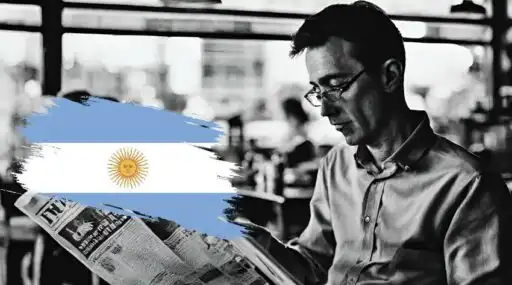



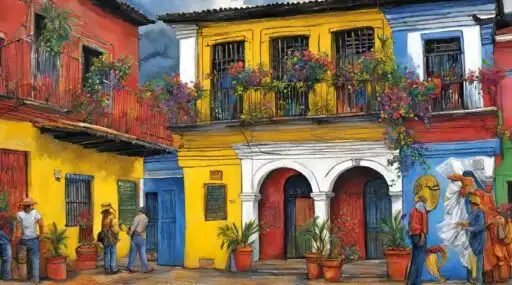


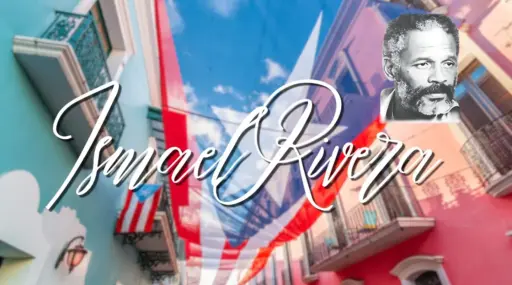
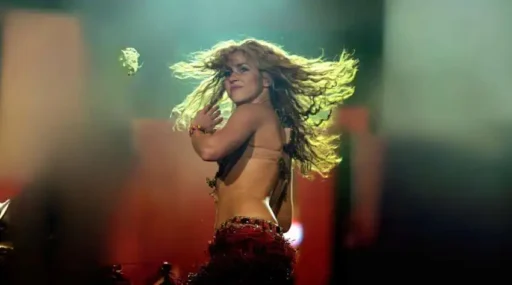
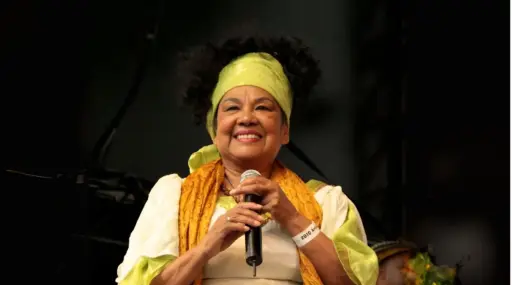



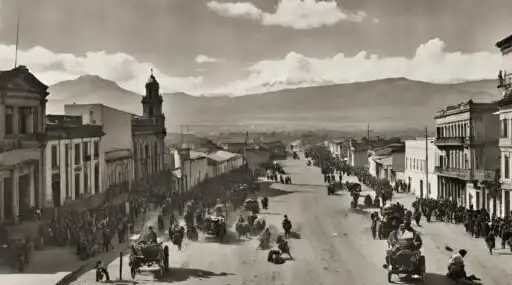

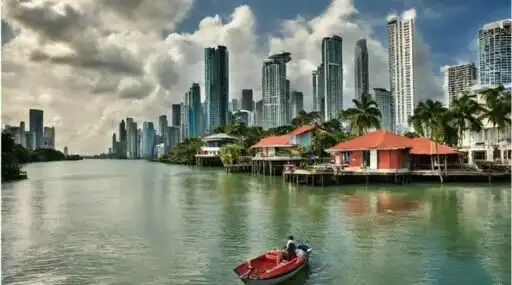
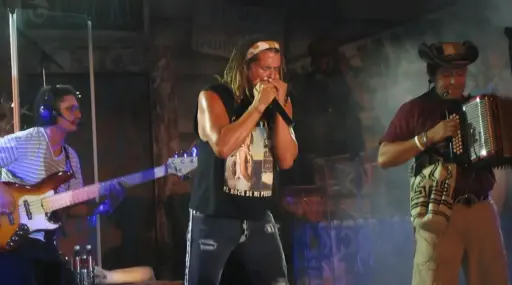
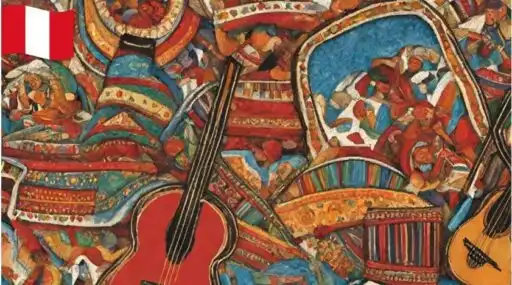
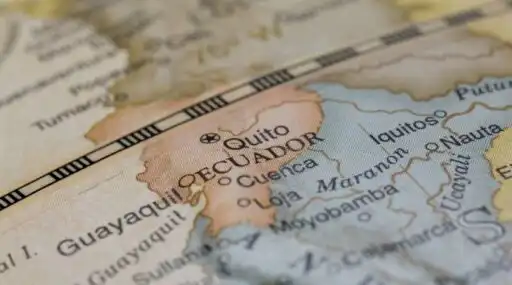

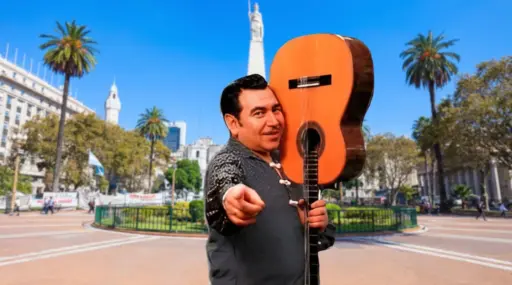
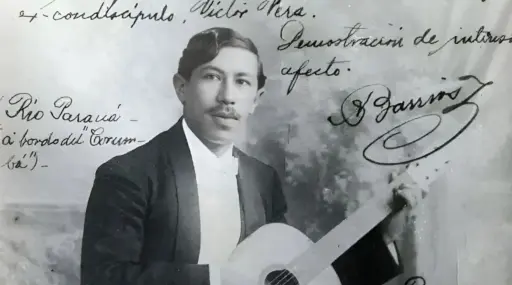

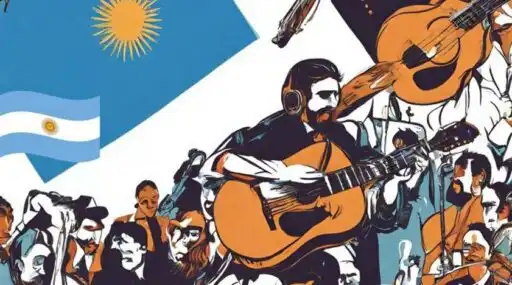
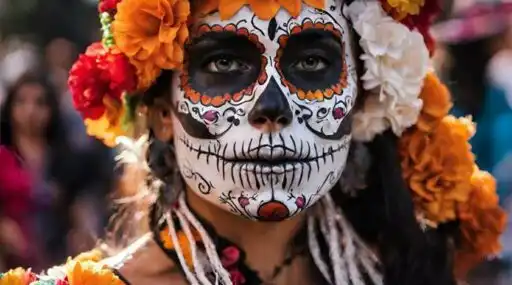
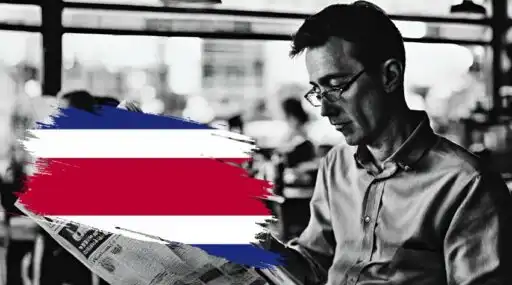
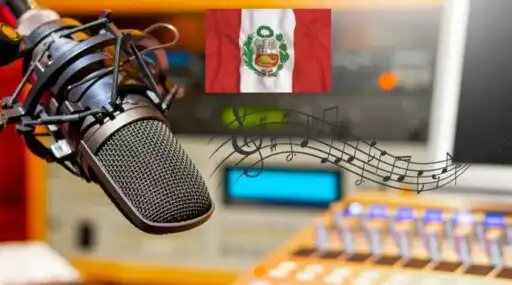
Leave a Reply